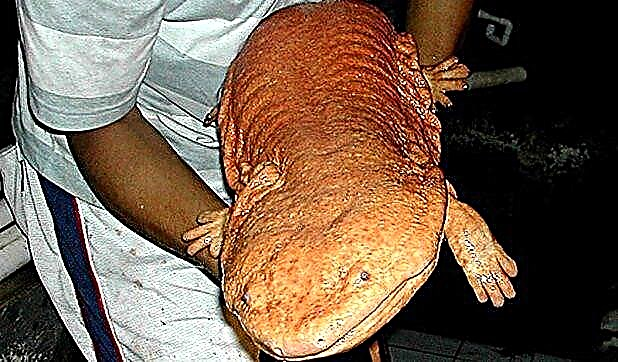Despite the fact that amphibians are common throughout the Earth, they are one of the few classes of animals that are practically not used by humans. Is that in the tropics (and in one of the European countries, whose inhabitants are called “frogs” for their addiction to frog legs), some species of amphibians are eaten, and biologists also like to experiment on amphibians. Basically, amphibians and humans live by themselves and rarely intersect.
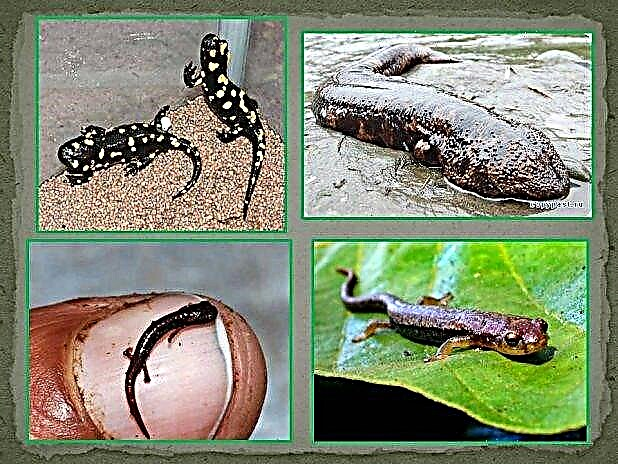
The lack of a person's mercantile interest in them does not make amphibians boring. Amphibians have their own characteristics, some of them are very interesting. In the selection below - teeth that are not chewed, a frog like a refrigerator, freezing newts, fireproof salamanders and other interesting facts.
1. All amphibians are predators. Even their larvae eat plant food only at a young age, and then switch to live food. Of course, this is not from some kind of innate bloodthirstiness, it does not exist in nature. In the body of amphibians, metabolism is very sluggish, so they can survive only on high-calorie animal food. Do not shun amphibians and cannibalism.

2. The teeth, which some amphibians have, are not designed to chew on prey. It is a tool for catching and grabbing it. Amphibians swallow food whole.
3. Absolutely all amphibians are cold-blooded. Therefore, ambient temperature plays a critical role in their survival.
4. The life of amphibians begins in water, but most of it takes place on land. There are amphibians that live exclusively in the aquatic environment, but there are no reverse exceptions, there are only species that live only on trees in a humid jungle. So "amphibians" is a surprisingly accurate name.
5. However, even spending most of the time on land, amphibians are forced to constantly return to water. Their skin allows water to pass through, and if it is not moistened, the animal will die from dehydration. On their own, amphibians can secrete mucus to wet the skin, but the resources of their organisms, of course, are not unlimited.
6. The permeability of the skin, which makes the amphibians so vulnerable, helps them breathe normally. They have very weak lungs, so some of the air they need is drawn into the body through the skin.
7. The number of amphibian species does not even reach 8 thousand (more precisely, there are about 7 700), which is quite a bit for a whole class of living beings. At the same time, amphibians are very sensitive to the environment and do not adapt well to its changes. Therefore, ecologists believe that up to a third of amphibian species are threatened with extinction.
8. Amphibians are the only class of creatures living on land whose offspring in their development go through a special stage - metamorphosis. That is, it is not a reduced copy of an adult creature that appears from the larva, but another organism, which subsequently turns into an adult. For example, tadpoles are frogs in the stage of metamorphosis. There is no stage of metamorphosis in the development of more complex organisms.
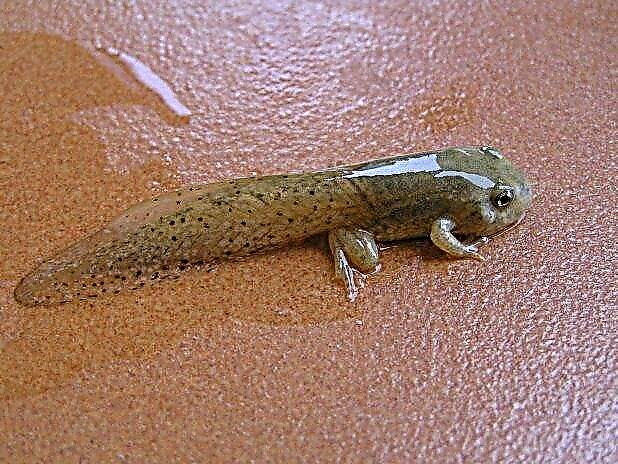
9. Amphibians come from cross-finned fish. They made their way to land about 400 million years ago, and 80 million years ago they dominated the entire animal kingdom. Until the dinosaurs appeared ...
10. The reasons for the appearance of amphibians are still explained purely hypothetically. It is believed that as a result of volcanic activity on Earth, the air temperature has increased, which has led to an intense crushing of water bodies. Reduced food supply for water inhabitants and a drop in oxygen concentration led to the fact that some of the aquatic species became extinct, and some managed to get out onto land.
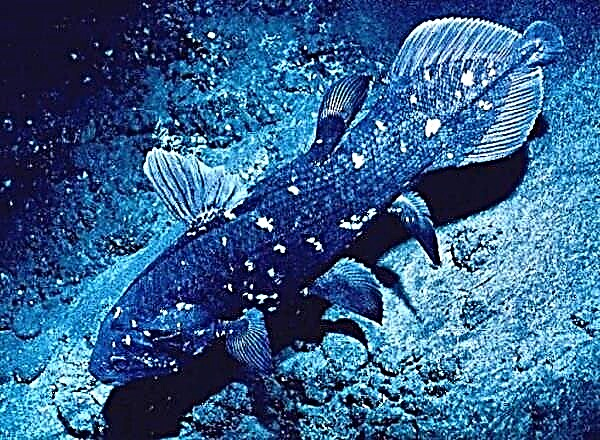
11. Worms also belong to amphibians - strange creatures that look like a cross between a worm and a snake. Worms live only in the tropics.
12. Dart frogs and leaf climbers are extremely poisonous. Rather, the mucus that they secrete to wet the skin is poisonous. One frog is enough for South American Indians to make several dozen arrows poisonous. The lethal dose of poison for an adult is 2 milligrams.
13. Common frogs, which are found in water bodies of central Russia, secrete mucus, which has a bactericidal effect. The frog in the milk crate is not grandma's fairy tales and is not a way to protect milk from theft. This is an ancient analogue of a refrigerator - frog slime kills lactic acid bacteria and milk does not sour longer.
14. Newts, which are amphibians, are surprisingly resilient. They regenerate all parts of their body, even the eyes. A newt can dry out to the state of a mummy, but if water gets on it, it revives very quickly. In winter, newts easily freeze into the ice and then thaw.
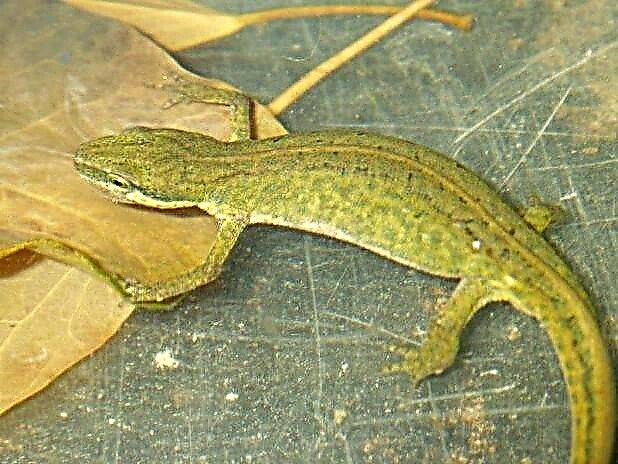
15. Salamanders are also amphibians. They prefer warmer weather conditions, and at the slightest cold snap they clog under branches, leaves, etc. and wait out the bad weather. Salamanders are poisonous, but their poison is not dangerous for humans - the maximum can cause burning of the skin. However, it is still not worth testing your own susceptibility to salamander venom empirically.

16. Contrary to popular belief, the fire salamander burns very much in the fire. It's just that the layer of mucus on her skin is quite thick. It allows the amphibian to gain a few precious seconds to escape the flames. The appearance of the name was facilitated not only by this fact, but also by the characteristic fiery color of the back of a fire salamander.
17. Most amphibians are very good at navigating familiar terrain. And frogs are completely capable of returning to their homes, even from afar.
18. Despite their low place in the hierarchy of classes of animals, many amphibians see well, and some even distinguish colors. But such advanced animals as dogs see the world in black and white.
19. Amphibians lay eggs mainly in water, but there are species that carry eggs on the back, in the mouth and even in the stomach.
20. Individuals of one of the salamander species grow in length up to 180 cm, which makes them the largest amphibians. And tender meat makes giant salamanders an endangered species, so much salamander meat is valued in China. Frogs of the Paedophryne species have the smallest size among amphibians, the average length of which is about 7.5 mm.
